If you are considering balance transfer and have been wondering about what it actually offers, you will need to know the exact facts to make this decision.
We will explain what exactly balance transfer is, and how you could use it carefully.
What Is a Balance Transfer?
It is the method of transferring high-interest debt from your existing card to another which has a lower interest rate. A great way to save money on higher-interest cards, it can support more of your monthly payments to the principal balance rather than interest charges hence assisting you in eliminating your card debt faster.

The transfer on the new card could be up to your credit limit. For example, your credit limit is $4,000 on the new card (to which you are planning the balance transfer) and you wish to transfer a balance of $5,500, you will be only allowed to transfer up to $4,000 of the existing balance on the card (from which you want to transfer balance). This balance transfer also includes the balance transfer fee, the amount varies in different credit cards.

The most lucrative balance transfer credit cards generally extend interest-free promotions and might also reduce their transfer fees for the time being. Using a balance transfer card offering an introductory APR of 0% for longer than 12 months can help you save both, time and money if you are paying off high-interest debt.
Here are the nine important things which you need to know before you plan a balance transfer:
Debt Transfer is not Equal to Repayment
Using a balance transfer card technically means paying off credit card ‘X’ with a new credit card ‘Y’. If your current credit card ‘X’ charges high interest, you will end up paying a lot in interest. Instead, when you transfer your debt from the card ‘X’ to the card ‘Y’, which is a zero percent card, you do pay a balance transfer fee but end up saving quite a good amount in interest charges.
Experts suggest that a balance transfer could only be really beneficial to you in saving money over a longer duration only if you pay back the last amount you owed. You would pay this amount at a lower interest and it would include all your costs.
Understand About Payment Allocation Thoroughly
It is not under your control to inform your card issuer about how to apply payments if you have a zero percent transfer balance and new purchase balance at a higher interest rate on the same card.
The Credit CARD Act of 2009 states that the issuers are mandated to apply any amount, extra than the minimum payment, to the debt with the highest interest first. Many issuers tend to apply the total minimum amount paid to the lowest-interest debt first. This would extend the repayment time, along with interest charges, on the higher-interest debt.
Hence, it might be good for you to avoid using a balance transfer card for new purchases in order to stay clear of dual-interest-rate balances.

Balance transfer Fee is mostly to be paid
When you transfer your debt from your existing high-interest rate to your low interest rate card, almost for every transfer you will be charged a balance transfer fee. This fee is a percentage of the total amount that you transfer.
There are few cards which offer small introductory periods during which they forego the balance transfer fee. People who have already decided to clear their debts in a smaller duration, these cards can add to their savings.
Multiple Payments Could be Simplified with Consolidation
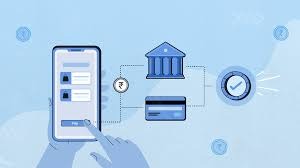
Apart from saving your money and time on higher-interest cards, balance transfer to a lower-interest credit card could also make your financial life simpler.
In many cases where you have high balances on numerous high-interest credit cards and managing the payment dates and minimum payments could get difficult for you, leading to late payment fees. To solve this issue, you could simply consolidate all your credit cards’ debt on a single card. With this move, you would just be keeping the track of one card and one payment every month.
You Can Transfer More than just Debts
Depending on your case, you might be able to shift expensive loans for automobiles, furniture, appliances and other monthly installment-based payments to a no-interest balance transfer credit card. You will have to use balance transfer checks from the issuer bank of the credit card.
Your Credit Score matters
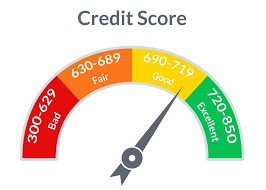
Zero-interest transfer cards are available for many people but only the people with a good or excellent credit score are eligible for the most lucrative and beneficial terms.
If your credit score is either good or excellent, a balance transfer card will help you save a lot of money and also clear your debt sooner. If your credit score is lesser than required, you could first clear the balances as much as possible as it will build your credit score. Applying after a better credit score will increase your chances of getting better terms for the transfer.
Mind the special Promotional APRs
Many credit card companies would attract you with an extra-low annual percentage rate (APR) which could be as good as zero percent. This introductory offer would not be permanent and would change with time. Sometimes after six months or a year or more, the interest rate will rise until its regular rate.
This could be of a great disadvantage for you if your current high-interest card eventually becomes your lower-interest card.
Hence, it becomes critically important to make a solid repayment plan to clear off your debt during the introductory offer of lower interest rate and not adding new purchases to your old or new card. If you fail to implement your plan, paying off your debt at a really low APR will cause your more damage than good.
Stay Attentive Of Adding new Debt to old Debt with new purchases

A balance transferring to a low-interest card or zero interest card doesn’t guarantee the new purchases to be interest-free. If you are about to clear all your debt with the new card with lower or no interest, do not be tempted to add new purchases to it.
Few credit cards’ rules specifically mention that only transferred balances are eligible for the lower rate and the new purchases follow the regular interest at a higher APR. Few companies offer an introductory interest rate for new purchases as well but additional debt to your card’s balance could make your repayment plan more difficult to achieve.
Thing Before Applying for Repeat Transfer
You might be planning to apply for a new balance transfer when your introductory rate is about to expire. It could be considered as the absolutely flawless plan to avoid paying high interest on your credit card but multiple applications could lower your overall credit score.
Opening new low-interest accounts and at the same time having high debt levels could make your profile seem risky and would decrease your chances of getting loans and cards in future.
Conclusion:
Balance transfer will make your life easier if you plan and execute it smartly. Hence, do your homework and make a list of the most advantageous options for yourself and then select the one.
Read More:
Best Summer Jobs For College Students

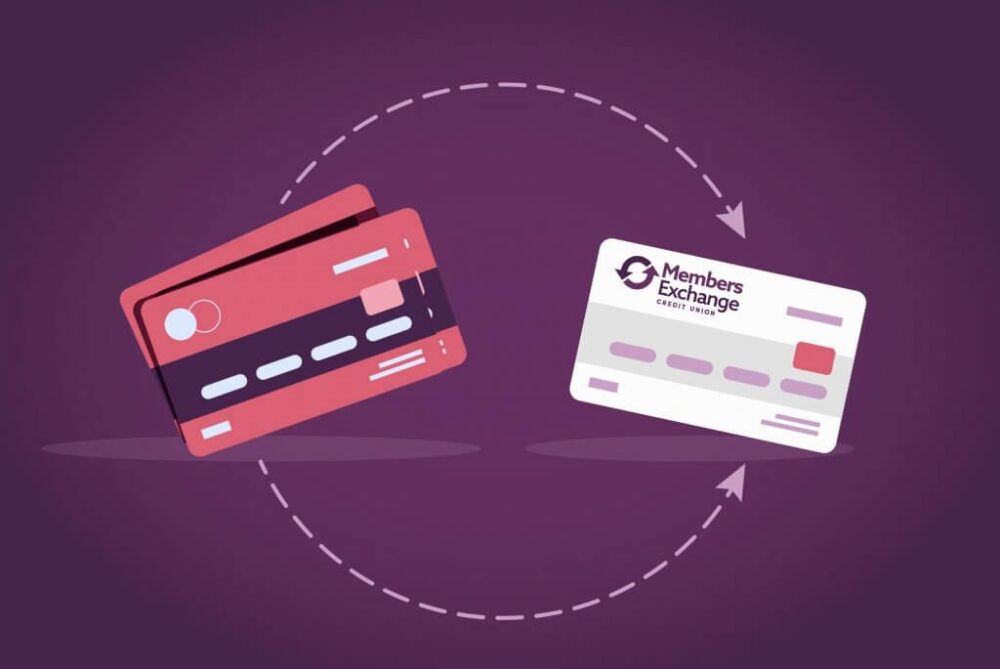


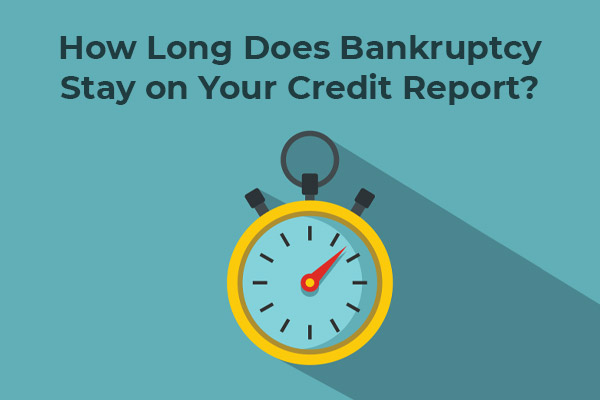
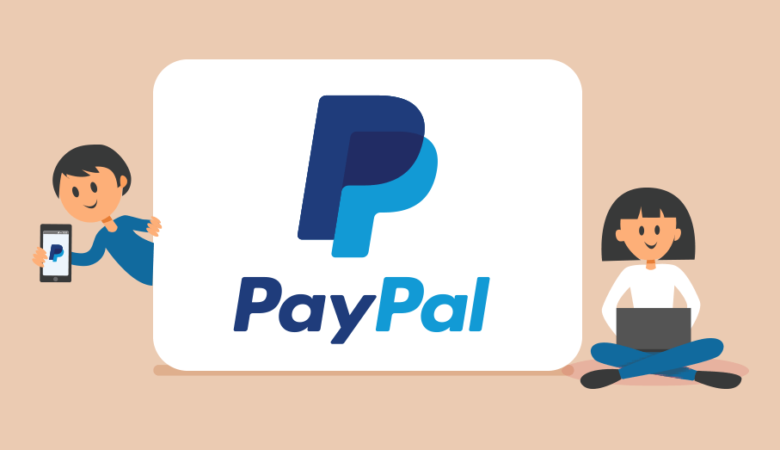
Informative article. I read this whole article and I got some new update on Balance transfer. Everyone should read this blog. I will share this information with my friends. keep posting!